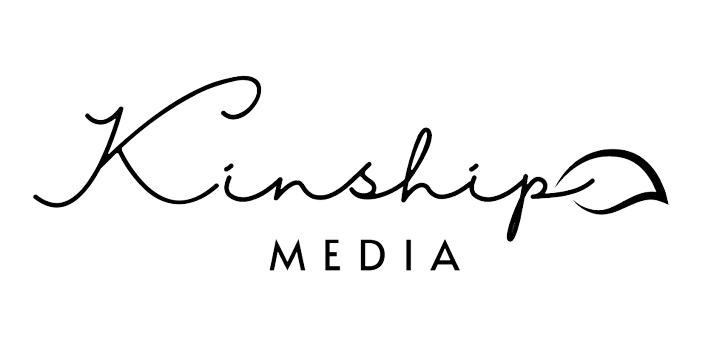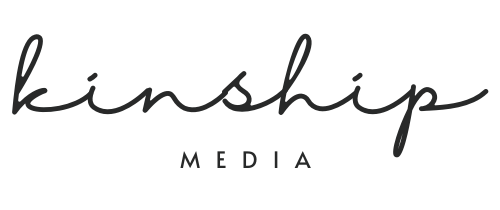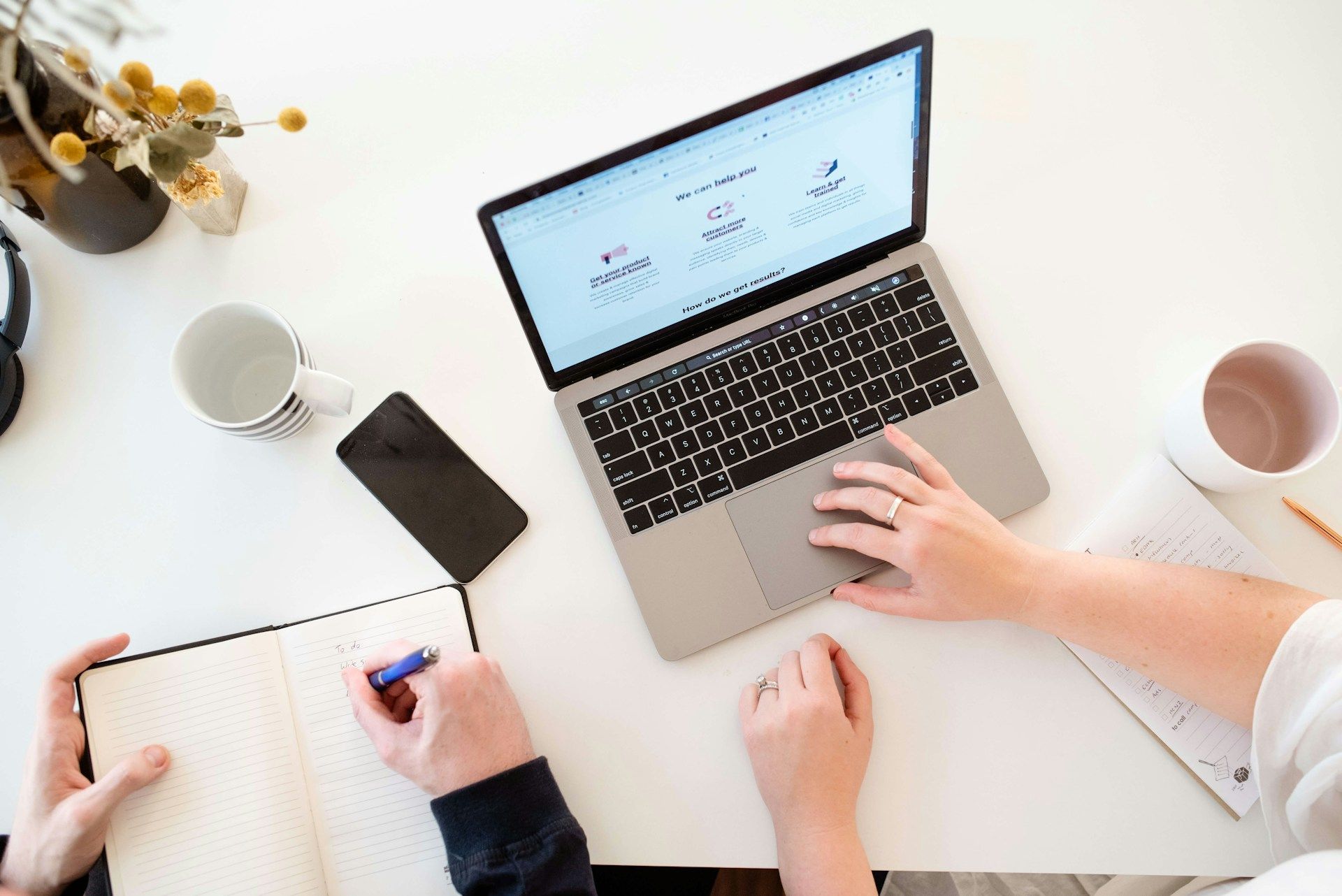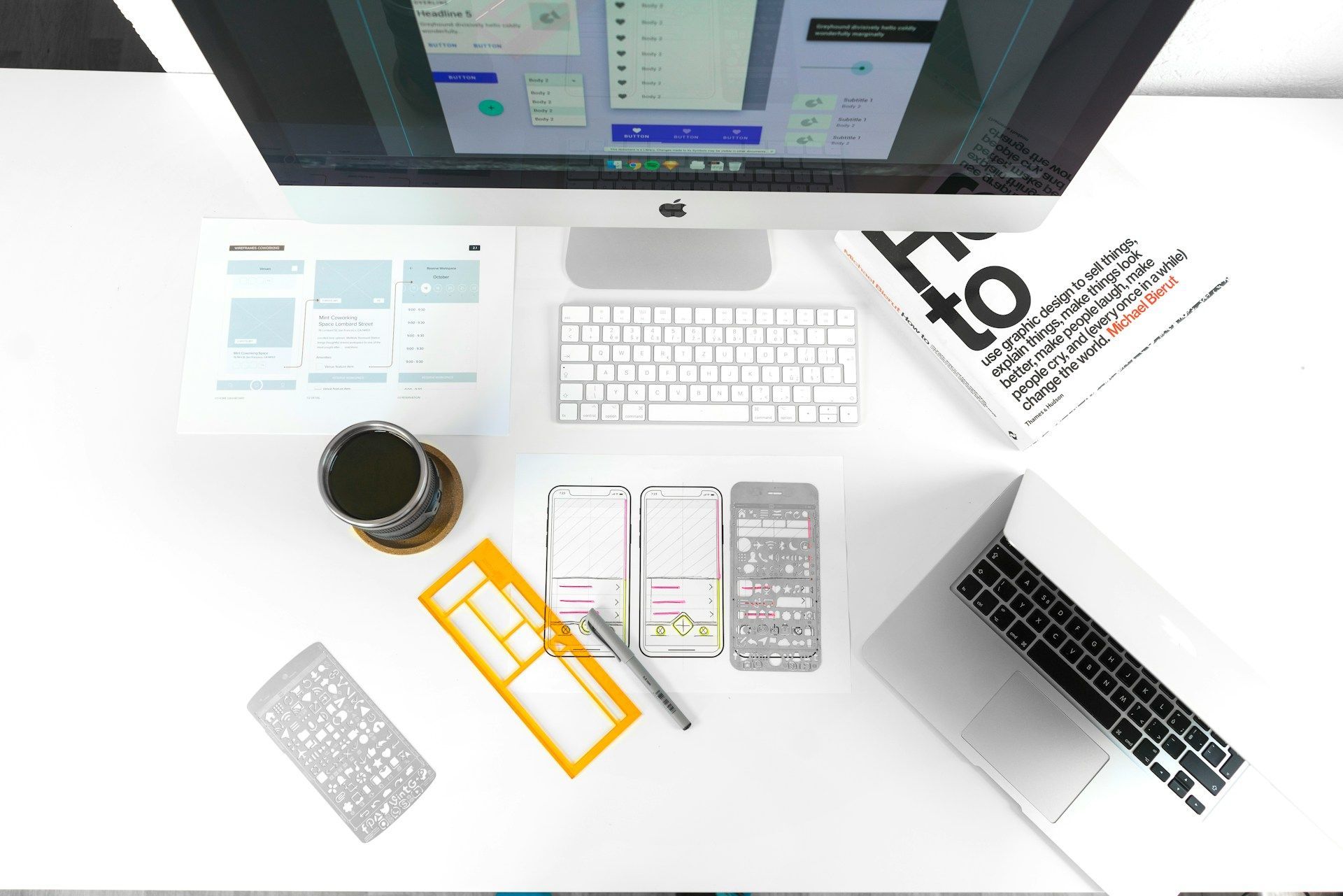The Dos and Don’ts of DIY Logos (And When to Quit)
Your Brand Identity Starts Here

As a new service-based entrepreneur, you're juggling a hundred things, and paying a graphic designer $1,000 for a logo often feels like a luxury you can't afford. That's why so many of us turn to do-it-yourself (DIY) tools.
The good news is that modern platforms allow you to create something clean and professional quickly. The bad news is that it’s extremely easy to create something that looks amateur, cheap, and hurts your credibility instantly.
A logo isn't just a pretty picture; it's the visual anchor of your entire digital identity. If you’re going the DIY route, you need a strict set of rules to ensure your design looks sharp, not shabby.
The 3 Non-Negotiable DOs of DIY Logos
These rules ensure your logo is professional, scalable, and versatile.
1. DO Keep it Simple, Timeless, and Clean
When you're not a designer, complexity is your enemy. Fancy fonts, complex illustrations, and five different colors are difficult to manage and look instantly dated.
- Action: Stick to a font-based logo (a strong, legible font paired with your company name) or a single, simple geometric icon. Think about how the logo will look when it’s tiny in an email signature or massive on a website banner. Simple always scales better.
- Color Limit: Use no more than two primary colors.
2. DO Understand Your File Types
This is where most DIY efforts fail. Your logo must be versatile enough for print, web, and social media.
- Action: When you finish the design, download the file in two key formats:
- PNG: This file type allows for a transparent background, meaning you can place the logo on photos or colored backgrounds without a giant white box around it. This is essential for your website.
- SVG (Scalable Vector Graphic): This is a code-based file that never loses quality no matter how large you make it. If your chosen platform (like Canva) offers this for a small fee, it is a non-negotiable expense.
3. DO Align It with Your Target Audience
Your logo should speak to the client you want to hire you, not necessarily just what you personally like.
- Action: If you are a high-end financial consultant, the logo must feel authoritative and trustworthy (classic, clean, sharp). If you are a playful children's coach, you can be more vibrant and curved. Never let your personal preference override the need to build client trust.
The 3 Critical DON'Ts of DIY Logos
These mistakes are instant signals that a client should move on to a competitor.
1. DON’T Use Cliché or Generic Stock Icons
Avoid common, overused icons that have been chosen by thousands of other businesses. If you see a generic lightbulb, globe, or handshake icon in your tool's basic library, don't use it.
- Why: These instantly make your brand look interchangeable and communicate zero originality. You want a client to remember your logo, not mistake it for the one they saw on the last five search results.
2. DON’T Skimp on Color Codes
If you don't save your exact brand colors, your identity will shift every time you build new assets. One week, your blue is navy, the next it's teal. This breaks trust and looks unprofessional.
- Action: Write down the exact Hex Code (the six-digit code like #1A5F7A) of your primary and secondary colors and keep them in a safe file. Never pick a color by guessing.
3. DON’T Assume It Looks Good on Mobile
Always check your logo's appearance on three different devices (your computer, your phone, and a tablet).
- Why: Logos that look great on a desktop often become tiny, unreadable specks on a mobile navigation bar. Ensure your logo is legible at its smallest possible size.
Our Recommended Tool: If you are tackling a logo design yourself, we highly recommend using Canva (we use an affiliate link here: [Canva Link]). Its user-friendly interface, vast font library, and export options make it the safest bet for non-designers seeking professional results.
